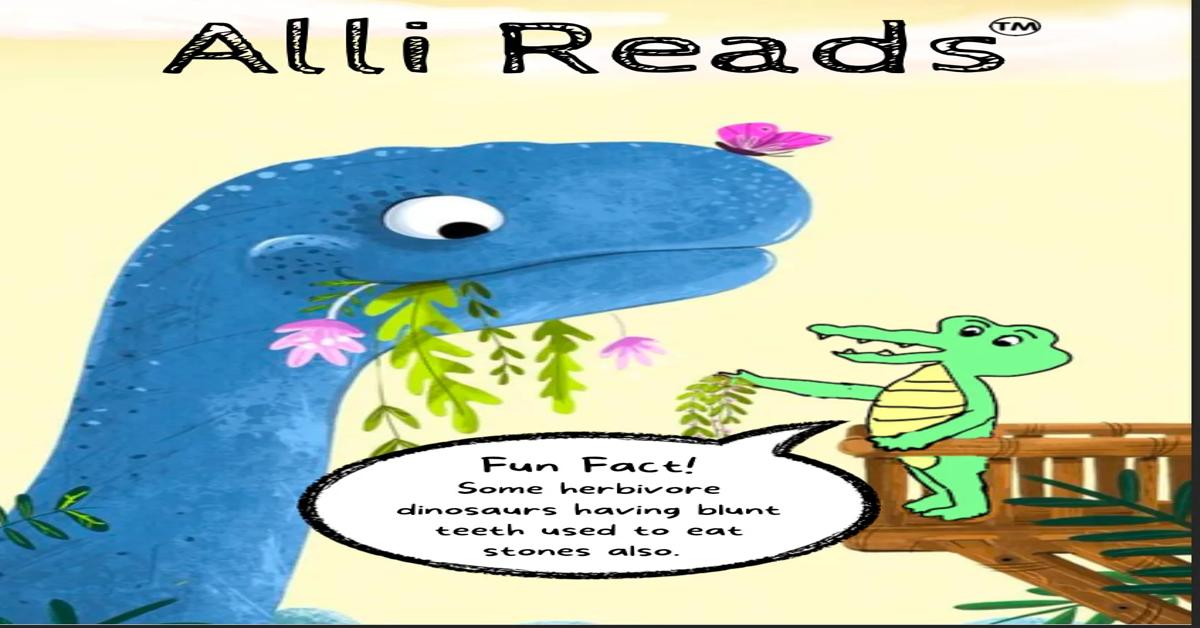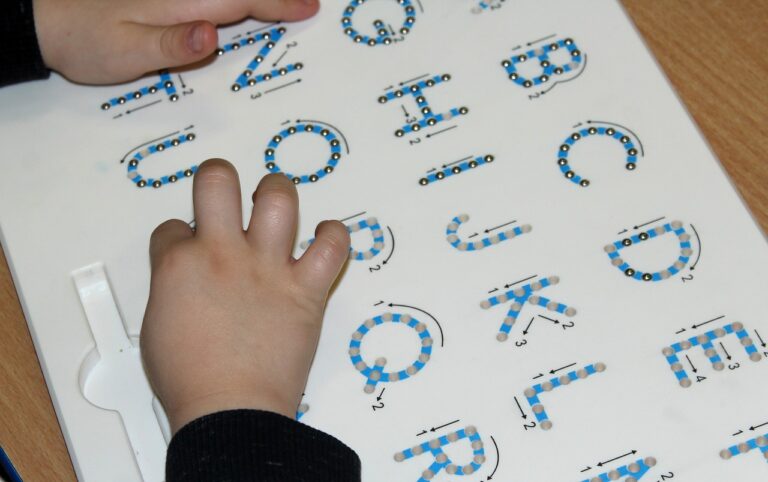Exploring the Universe with a Solar System Book For Kids
Introducing children to the wonders of space can be both exciting and educational. A Solar System Book For Kids provides an engaging way to learn about planets, stars, moons, and other celestial bodies. With colorful illustrations, simple explanations, and interactive content, these books make complex astronomical concepts accessible to young minds. They are designed to spark curiosity, encourage exploration, and lay the foundation for a lifelong interest in science and astronomy.
Why a Solar System Book for Kids Is Important
Teaching kids about the solar system at an early age fosters curiosity, creativity, and critical thinking skills. A Solar System Book For Kids serves as a gateway to understanding our universe, helping children:
-
Understand Planetary Science: By learning about planets, moons, and other celestial objects, children grasp the basics of astronomy.
-
Enhance Imagination: Reading about space adventures and the vast universe encourages creativity and imaginative thinking.
-
Develop Scientific Skills: Observing patterns, asking questions, and learning about space phenomena helps build analytical and problem-solving abilities.
-
Inspire Future Learning: Early exposure to science and astronomy can inspire children to pursue further studies in STEM (Science, Technology, Engineering, and Mathematics) fields.
Features of an Effective Solar System Book for Kids
When selecting a Solar System Book For Kids, parents and educators should look for certain features that enhance learning and engagement:
1. Colorful Illustrations and Graphics
Visual learning is crucial for children. Books with vibrant illustrations of planets, stars, and galaxies capture attention and make complex concepts easier to understand.
2. Age-Appropriate Language
Books should use simple, clear, and age-appropriate language. Concepts like gravity, orbits, and planetary systems should be explained in ways that children can easily grasp.
3. Interactive Elements
Many modern solar system books include activities, quizzes, and puzzles that engage children actively. Interactive content reinforces learning while keeping the experience fun and memorable.
4. Real-Life Facts and Fun Trivia
Including fascinating facts, such as the largest planet in our solar system or interesting moon facts, keeps children interested and encourages them to explore more.
5. Storytelling Approach
Some books use storytelling techniques, creating adventures or missions in space. This approach not only teaches scientific concepts but also makes learning more enjoyable.
Benefits of Using a Solar System Book for Kids
A well-designed Solar System Book For Kids goes beyond basic knowledge. It offers several educational and developmental benefits:
-
Cognitive Development: Learning about planets and space enhances memory, concentration, and problem-solving abilities.
-
Emotional Growth: Stories and illustrations help children relate to characters or scenarios, promoting empathy and curiosity.
-
Knowledge Retention: Visual aids, quizzes, and interactive activities help reinforce learning and improve retention of scientific facts.
-
STEM Skills: Understanding space concepts lays the groundwork for future studies in science, technology, engineering, and mathematics.
Popular Topics Covered in a Solar System Book for Kids
These books cover a wide range of topics that make learning about space both fun and informative:
1. Planets and Their Characteristics
Children learn about the eight planets, their sizes, positions, atmospheres, and unique features. For instance, facts about Jupiter’s Great Red Spot or Saturn’s rings are both educational and fascinating.
2. Moons and Other Celestial Bodies
Books introduce children to the moons orbiting planets, asteroids, comets, and dwarf planets. These topics expand their understanding of the diversity within our solar system.
3. The Sun and Stars
Understanding the role of the sun as the center of our solar system helps children grasp the basics of solar energy, light, and heat. Stars and constellations are also introduced in a simplified manner.
4. Space Exploration
Many books include sections on historical space missions, astronauts, and modern space technology. This inspires children and teaches them about human achievements in space exploration.
5. Fun Facts and Trivia
Including exciting facts like the speed of light, the distance between planets, or the number of moons on Saturn keeps learning engaging and memorable.
How to Make Learning with a Solar System Book More Effective
Parents and educators can enhance the learning experience by using these strategies:
-
Interactive Discussions: Encourage children to ask questions and discuss what they read.
-
Hands-On Activities: Create models of the solar system using craft materials to visualize concepts.
-
Observation Projects: Use telescopes or planetarium visits to connect book learning with real-world observation.
-
Storytelling: Read aloud and create space adventures based on the book’s content to make learning enjoyable.
-
Quizzes and Games: Reinforce knowledge through fun quizzes and memory games about planets, moons, and space facts.
Choosing the Right Solar System Book for Kids
Selecting an appropriate book is crucial to maximize learning outcomes. Consider these tips:
-
Age Suitability: Choose a book that matches the child’s age and comprehension level.
-
Content Accuracy: Ensure the book provides scientifically accurate information.
-
Engaging Format: Look for colorful, illustrated, and interactive content to maintain interest.
-
Educational Value: The book should combine fun with learning, encouraging curiosity and critical thinking.
-
Positive Reviews: Check feedback from parents and educators to gauge effectiveness and appeal.
Conclusion
Introducing children to astronomy through a Solar System Book For Kids is a fantastic way to ignite curiosity, creativity, and a love for learning. These books simplify complex concepts, provide interactive and engaging content, and offer a solid foundation for future scientific exploration. By choosing the right book, parents and educators can ensure that children not only learn about planets, stars, and space missions but also develop critical thinking and problem-solving skills.






